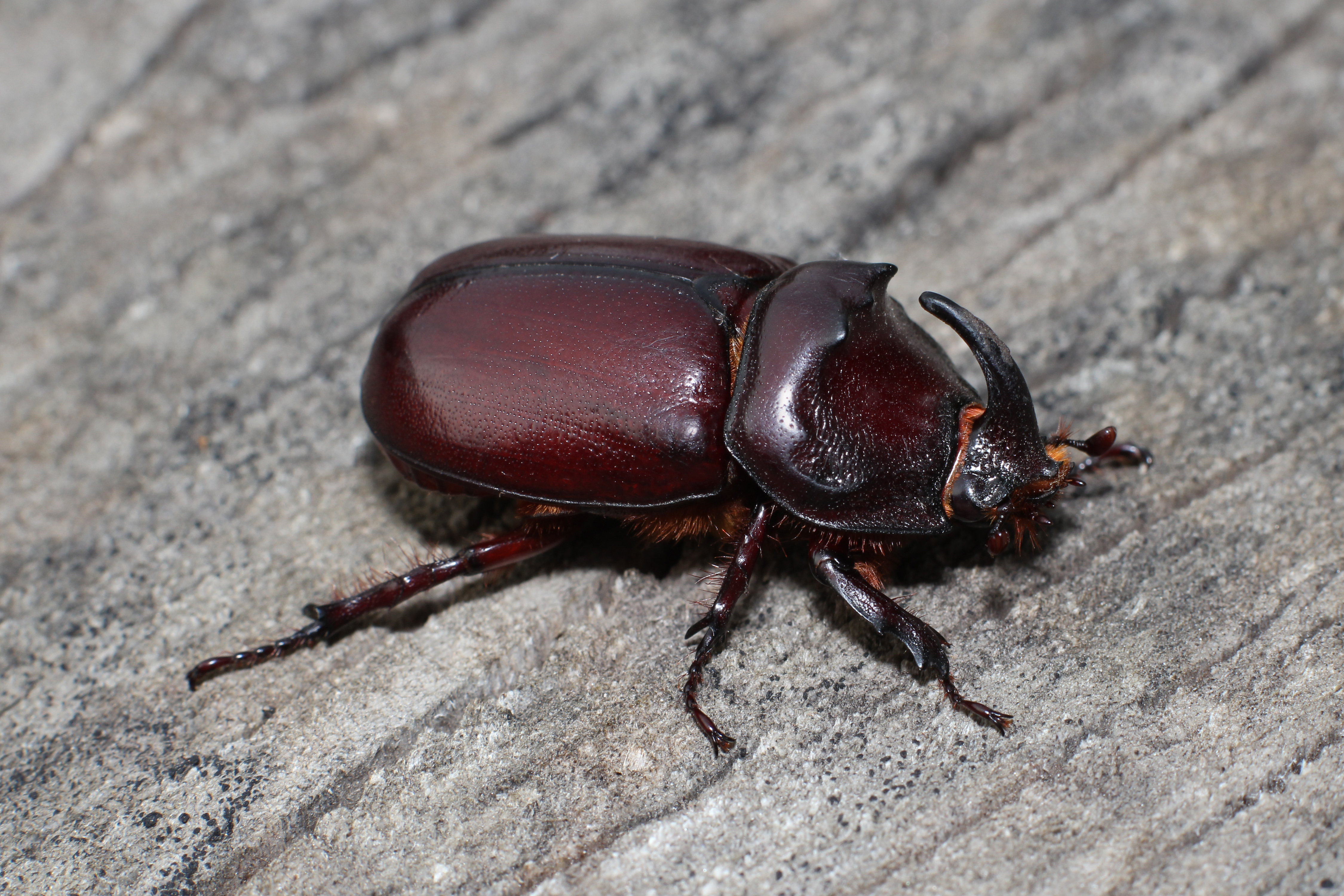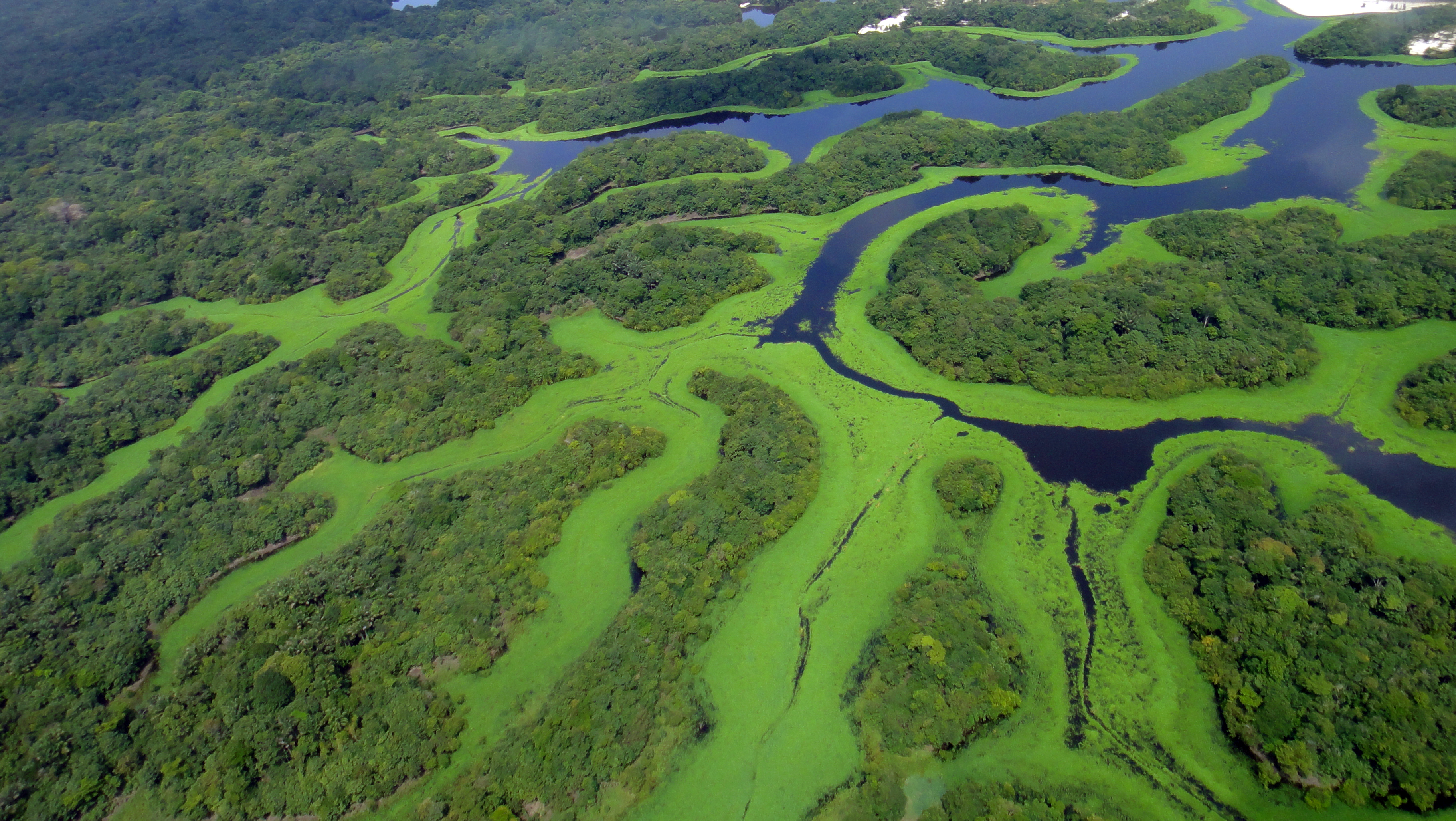|
Cyclocephala Nodanotherwon
''Cyclocephala nodanotherwon'' is a species of rhinoceros beetle in the scarab family. It has only been found in Amazonas, Brazil. Brett C. Ratcliffe described and named the species in 1992. Taxonomic history and etymology Brett C. Ratcliffe, an entomologist at the University of Nebraska State Museum (UNSM), formally named and described this species, along with eight other Brazilian ''Cyclocephala'' species, in a 1992 paper. He based his description of ''C. nodanotherwon'' on three specimens, collected from 1980 to 1981 by Robin Best of the National Institute of Amazonian Research. The male holotype and female allotype were both deposited in the UNSM. The specific name, ''nodanotherwon'', is wordplay referring to the English phrase "not another one". Ratcliffe's description listed its etymology as "the result of an arbitrary combination of letters", but that it resulted in "a species name not inappropriate in such a large genus". ''Cyclocephala'' is the largest genus in ... [...More Info...] [...Related Items...] OR: [Wikipedia] [Google] [Baidu] |
Rhinoceros Beetle
Dynastinae or rhinoceros beetles are a subfamily of the scarabaeidae, scarab beetle family (biology), family (Scarabaeidae). Other common names – some for particular groups of rhinoceros beetles – include Hercules beetles, unicorn beetles or horn beetles. Over 1,500 species and 225 genera of rhinoceros beetles are known. Many rhinoceros beetles are well known for their unique shapes and large sizes. Some famous species are, for example, the Atlas beetle (''Chalcosoma atlas''), common rhinoceros beetle (''Xylotrupes ulysses''), elephant beetle (''Megasoma elephas''), European rhinoceros beetle (''Oryctes nasicornis''), Hercules beetle (''Dynastes hercules''), Japanese rhinoceros beetle or ''kabutomushi'' (''Allomyrina dichotoma''), ox beetle (''Strategus aloeus'') and the Eastern Hercules beetle (''Dynastes tityus''). Description The Dynastinae are among the largest of beetles, reaching more than in length, but are completely harmless to humans because they cannot ... [...More Info...] [...Related Items...] OR: [Wikipedia] [Google] [Baidu] |
Anamã
Anamã is a municipality located in the Brazilian state of Amazonas. Its population was 13,956 (2020) and its area is 2,454 km². Etymology O escritor e pesquisador Ivany Jamys Ferreira Régis em seu livro: "Conciso esboço historiográfico de Anamã", afirma que o nome Anamã é um vocábulo polissêmico oriundo da língua nheengatu e que encontra-se registrado em duas monumentais obras, a primeira, de autoria de Ermanno Stradelli intitulada, Vocabulário Nheengatu-Português e Português-Nheengatu, publicada em 1928 na Revista do Instituto Histórico e Geográfico Brasileiro, e atualmente reeditado pela Ateliê editorial nas páginas 319, 510 e 524 encontram-se os seguintes significados: ANAMÃ, YANAMÃ – - espesso, denso, grosso (dos líquidos). Possivelmente uma referência as bebidas refrescantes, fermentadas ou destiladas usadas em festas indígenas: caxiry, carimã, carimé, cauyn. cibé, paiauru, tykyra. ANAMÃ – desmamado. UANAMÃ , ANAMÃ - casta de marr ... [...More Info...] [...Related Items...] OR: [Wikipedia] [Google] [Baidu] |
Beetles Of South America
Beetles are insects that form the Taxonomic rank, order Coleoptera (), in the superorder Holometabola. Their front pair of wings are hardened into wing-cases, elytra, distinguishing them from most other insects. The Coleoptera, with about 400,000 described species, is the largest of all orders, constituting almost 40% of described arthropods and 25% of all known animal species; new species are discovered frequently, with estimates suggesting that there are between 0.9 and 2.1 million total species. However, the number of beetle species is challenged by the number of species in Fly, dipterans (flies) and hymenopterans (wasps). Found in almost every habitat except the sea and the polar regions, they interact with their ecosystems in several ways: beetles often feed on plants and fungi, break down animal and plant debris, and eat other invertebrates. Some species are serious agricultural pests, such as the Colorado potato beetle, while others such as Coccinellidae (ladybirds or ... [...More Info...] [...Related Items...] OR: [Wikipedia] [Google] [Baidu] |
Cyclocephala Divaricata
''Cyclocephala'' is a genus of scarab beetles from the subfamily Dynastinae (Coleoptera, Scarabaeidae). Beetles of this genus occur from southeastern Canada to Argentina, India and the West Indies. Adults of this genus are nocturnal or crepuscular, and are usually attracted to lights. Taxonomy It was published by Pierre François Marie Auguste Dejean in 1821.''Cyclocephala'' Dejean, 1821. (n.d.). Interim Register of Marine and Nonmarine Genera (IRMNG). Retrieved December 3, 2024, from https://www.irmng.org/aphia.php?p=taxdetails&id=1306255 It is the type genus of the tribe Cyclocephalini.Moore, M. R., Cave, R. D., & Branham, M. A. (2018)Annotated catalog and bibliography of the cyclocephaline scarab beetles (Coleoptera, Scarabaeidae, Dynastinae, Cyclocephalini).ZooKeys, (745), 101. Selected species This is a large genus and new species continue to be added. *'' Cyclocephala almitana'' *'' Cyclocephala amazona'' *'' Cyclocephala amblyopsis'' *''Cyclocephala atripes'' *''Cycloc ... [...More Info...] [...Related Items...] OR: [Wikipedia] [Google] [Baidu] |
Antennae (biology)
An antenna (plural: antennae) is one of a pair of appendages used for Sensory system, sensing in arthropods. Antennae are sometimes referred to as ''feelers''. Antennae are connected to the first one or two Segmentation (biology), segments of the arthropod head. They vary widely in form but are always made of one or more jointed segments. While they are typically sensory organs, the exact nature of what they sense and how they sense it is not the same in all groups. Functions may variously include sensing tactition, touch, air motion, heat, vibration (sound), and especially insect olfaction, smell or gustation, taste. Antennae are sometimes modified for other purposes, such as mating, brooding, swimming, and even anchoring the arthropod to a substrate (biology), substrate. Larval arthropods have antennae that differ from those of the adult. Many crustaceans, for example, have free-swimming larvae that use their antennae for swimming. Antennae can also locate other group members i ... [...More Info...] [...Related Items...] OR: [Wikipedia] [Google] [Baidu] |
Manaus
Manaus () is the List of capitals of subdivisions of Brazil, capital and largest city of the States of Brazil, Brazilian state of Amazonas (Brazilian state), Amazonas. It is the List of largest cities in Brazil, seventh-largest city in Brazil, with an estimated 2022 population of 2,063,689 distributed over a land area of about . Located at the east centre of the state, the city is the centre of the Greater Manaus, Manaus metropolitan area and the largest metropolitan area in the North Region, Brazil, North Region of Brazil by urban landmass. It is situated near Meeting of Waters, the confluence of the Rio Negro (Amazon), Negro and Amazon River, Amazon rivers. It is one of the two cities in the Amazon rainforest with a population of over 1 million people, alongside Belém. The city was founded in 1669 as the Fort of São José do Rio Negro. It was elevated to a town in 1832 with the name of "Manaus", an altered spelling of the indigenous Manaós peoples, and legally transformed in ... [...More Info...] [...Related Items...] OR: [Wikipedia] [Google] [Baidu] |
Amazonas (Brazil)
Amazonas () is a state of Brazil, located in the North Region in the north-western corner of the country. It is the largest Brazilian state by area and the ninth-largest country subdivision in the world with an area of 1,570,745.7 square kilometers. It is the largest country subdivision in South America, being greater than the areas of Chile, Paraguay, and Uruguay combined. Neighbouring states are (from the north clockwise) Roraima, Pará, Mato Grosso, Rondônia, and Acre. It also borders the nations of Peru, Colombia and Venezuela. This includes the Departments of Amazonas, Vaupés and Guainía in Colombia, as well as the Amazonas state in Venezuela, and the Loreto Region in Peru. Amazonas is named after the Amazon River, and was formerly part of the Spanish Empire's Viceroyalty of Peru, a region called Spanish Guyana. It was settled by the Portuguese moving northwest from Brazil in the early 18th century and incorporated into the Portuguese empire after the Treaty o ... [...More Info...] [...Related Items...] OR: [Wikipedia] [Google] [Baidu] |
Type Locality (biology)
In biology, a type is a particular wikt:en:specimen, specimen (or in some cases a group of specimens) of an organism to which the scientific name of that organism is formally associated. In other words, a type is an example that serves to anchor or centralizes the defining features of that particular taxon. In older usage (pre-1900 in botany), a type was a taxon rather than a specimen. A taxon is a scientifically named grouping of organisms with other like organisms, a set (mathematics), set that includes some organisms and excludes others, based on a detailed published description (for example a species description) and on the provision of type material, which is usually available to scientists for examination in a major museum research collection, or similar institution. Type specimen According to a precise set of rules laid down in the International Code of Zoological Nomenclature (ICZN) and the ''International Code of Nomenclature for algae, fungi, and plants'' (ICN), the ... [...More Info...] [...Related Items...] OR: [Wikipedia] [Google] [Baidu] |
Scarabaeidae
The family Scarabaeidae, as currently defined, consists of over 35,000 species of beetles worldwide; they are often called scarabs or scarab beetles. The classification of this family has undergone significant change. Several groups formerly treated as subfamilies have been elevated to family rank (e.g., Bolboceratidae, Geotrupidae, Glaresidae, Glaphyridae, Hybosoridae, Ochodaeidae, and Pleocomidae), and some reduced to lower ranks. The subfamilies listed in this article are in accordance with those in Catalog of Life (2023). Description Scarabs are stout-bodied beetles; most are brown or black in colour, but many, generally species that are diurnally active, have bright metallic colours, measuring between . The antenna (biology), antennae of most species superficially seem to be knobbed (capitate), but the several segments comprising the head of the antenna are, as a rule, lamellate: they extend laterally into plates called lamella (zoology), lamellae that they usually ... [...More Info...] [...Related Items...] OR: [Wikipedia] [Google] [Baidu] |





